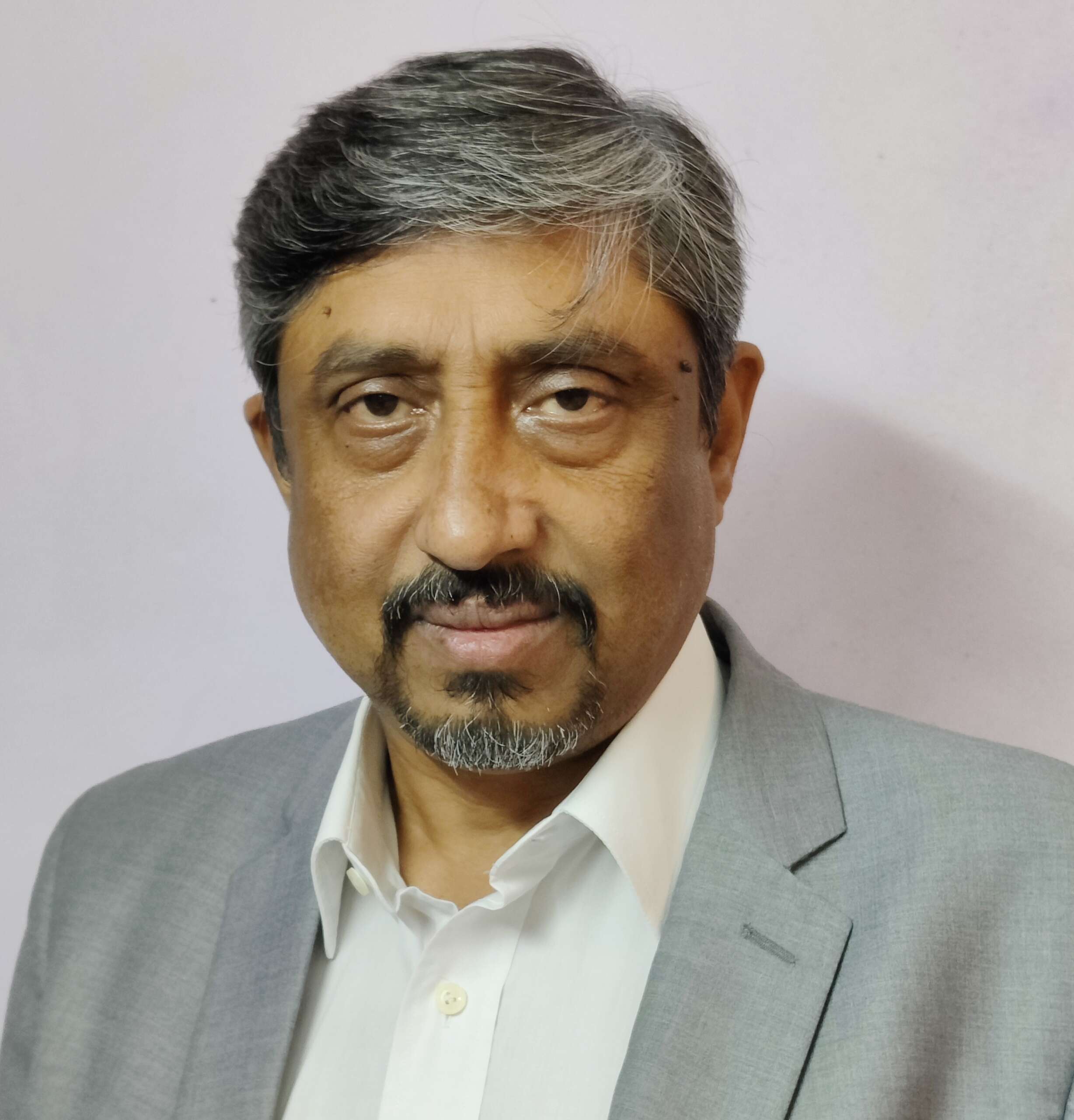Nutanix, the hybrid multicloud company, released the findings of its fifth annual Enterprise Cloud Index (ECI) report which revealed that IT infrastructure is increasingly diverse, with organizations challenged with integrating data management and control. The research indicated that nearly half (48 percent) of organizations in India leverage more than one type of IT infrastructure, including a mix of private and public clouds, multiple public clouds, or an on-premises datacenter, along with a hosted data center. This number is expected to grow by 87 percent in next three years, outpacing the global ECI average by 13 percent.
The greatest growth area in India is in hybrid multicloud infrastructure (private infrastructure coupled with more than one public cloud). Hybrid multicloud usage in India at present is 12 percent and is expected to increase by five-fold (63 percent) in the next 3 years. Increased infrastructure diversity, along with a heightened emphasis on data storage, management, security, and services, is driving all IT pros to seek hybrid operations that transcend private and public infrastructure.
“The findings of the Nutanix Enterprise Cloud Index report once again showcase the rapidly evolving nature of the IT infrastructure landscape in India. As organizations adopt a hybrid multicloud approach, managing data across diverse IT environments is becoming increasingly complex. It is imperative for enterprises to streamline their data and applications across public cloud, private cloud, and on-premises infrastructure, and leverage a single, unified control plane for seamless management. Nutanix recognizes this need, and our commitment to providing cutting-edge hybrid multicloud solutions that enable organizations to build, operate, and govern their IT infrastructure with ease remains unwavering,” said Faiz Shakir, Managing Director – Sales, Nutanix India & SAARC.
In the past five years of conducting the ECI, respondents’ attitudes, globally, have drastically shifted toward the use of multiple IT environments. In 2018, well over half of respondents worldwide said they envisioned running all workloads exclusively in either a private cloud or the public cloud one day. Rather than working to consolidate on a particular infrastructure or IT operating model, as seemed desirable in 2018, most enterprises now see the inevitability, and even benefits, of running workloads across public cloud, on-premises and at the edge.
The goal for organizations now is to make this hybrid operating model more efficient, especially when managing IT environments across the edge to the core. The growing level of diversity in cloud deployments creates enormous complexity in managing application’s data across cloud environments. Comprehensive tools that enable organizations to provision, move, manage, monitor, and secure applications and data from a single console in a uniform manner is a growing priority for IT. Nearly all respondents worldwide (95 percent) say they’d benefit from having a single, unified control plane to manage applications and data across diverse environments.
Key findings from this year’s India report include –
Cloud cost control ranks as a top IT management challenge in mixed environments – 57 percent of the respondents consider cloud cost as a challenging IT management issue while 34 percent expressed a “very concerned” attitude about cloud costs in the context of their IT budgets for the upcoming year. In comparison, only 30 percent of APJ and global respondents identified cost as a top IT management challenge. The other top-ranking challenges include security at 55 percent and data analytics/orchestration at 54 percent. Furthermore, while 99 percent of the Indian respondents acknowledge the importance of having full visibility into where all their data resides, only 31 percent report having that visibility, indicating significant room for improvement.
All enterprises in India (100 percent of respondents) have moved their applications across environments in 2022, marking a 6 percent increase from the previous year. Among these enterprises, 64 percent did so to enhance control over their applications, 58 percent to meet sustainability objectives, and 57 percent to strengthen their security posture or comply with regulatory requirements. Additionally, approximately 57 percent cited the need for integration with cloud-native services such as AI/ML as a factor in their decision to move applications.
Cybersecurity is the biggest IT infrastructure decision factor in India – In India, 17 percent of enterprises consider cybersecurity as the top priority when making IT infrastructure investments. This is followed by the flexibility to run workloads across different cloud infrastructures (14 percent) and performance (12 percent). Notably, twice the percentage of respondents from India emphasized performance compared to the full APJ regional response base (6 percent). On the other hand, application requirements were mentioned the least in India (3 percent), while cost was not a significant decision factor in other regions,while elsewhere, cost was the least important decision factor.
For the fifth consecutive year, Vanson Bourne conducted research on behalf of Nutanix, surveying 1,450 IT decision-makers around the world in December 2022 and January 2023. The respondent base spanned multiple industries, business sizes, and the following geographies: the Americas; Europe, the Middle East, and Africa (EMEA); and the Asia Pacific Japan (APJ) region.















Каким образом выбрать красноватую икру?
[…] technology and ecosystem play, including open banking, banking as a service, and API with data and cloud playing crucial […]
[…] the reported increase in sensitive data in the cloud, the study found low levels of encryption being used. Only 19% of IT professionals in India (22% […]